You’ll be right as rain
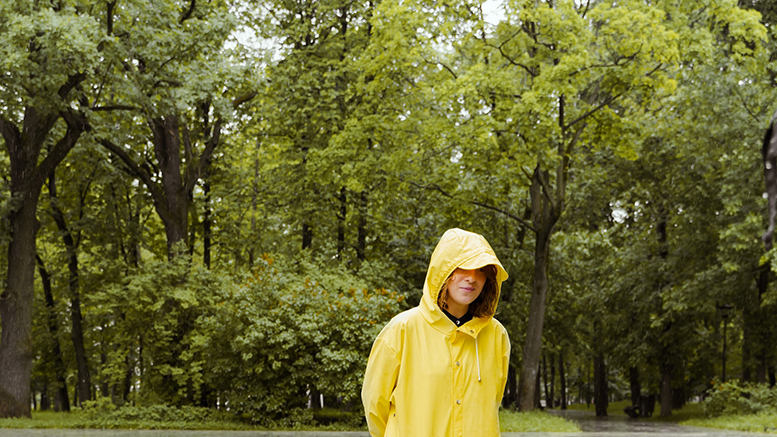
If you’re planning to go on a hike anywhere in the UK, there’s a good chance it might be raining. Luckily, we’ve put together a list of tips with a little help from outdoors content creator Chris Knight to keep you warm and dry on your venturing.
1. Wear a waterproof jacket
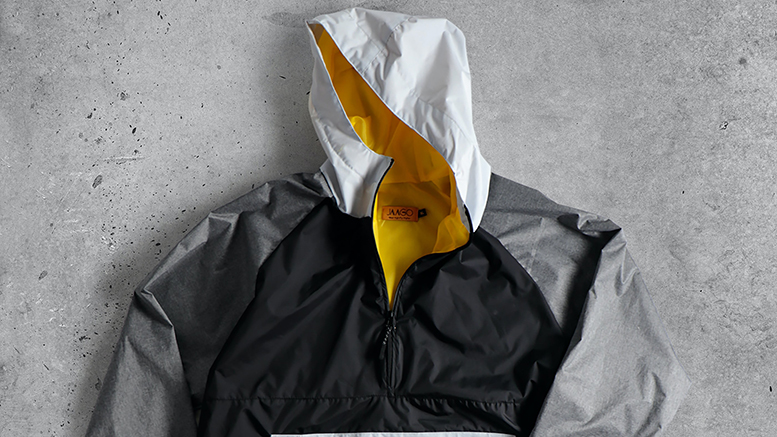
This one might seem obvious, but investing in a good quality waterproof jacket can save you a lot of discomfort when you’re miles into the wilderness and the rain starts pouring. Some of the best waterproof materials include polyester blends like microfibre or polyurethane laminate (PUL).
2. Invest in good hiking shoes
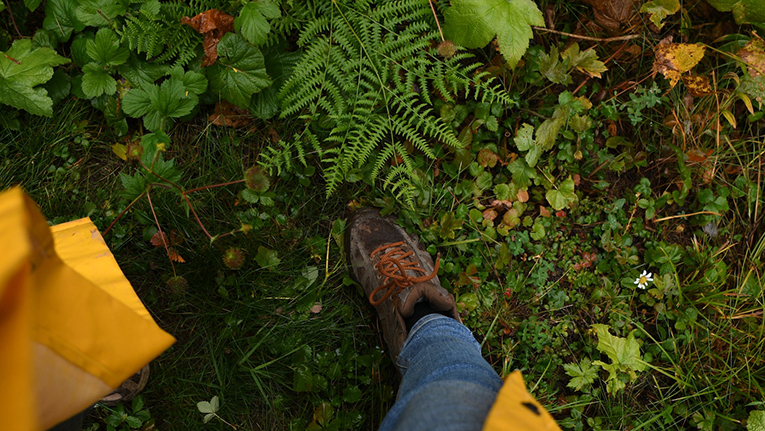
There’s nothing worse than walking around with soaking wet socks, which is why hiking aficionado Knight advocates wearing waterproof hiking boots, even when it’s not raining: “So if you step into a bit of a puddle or a marsh,” he said, “you’re not going to have damp feet.” Boots made from leather, microfibre or other synthetic materials are usually your best bet for quality water protection.
3. Wear overtrousers
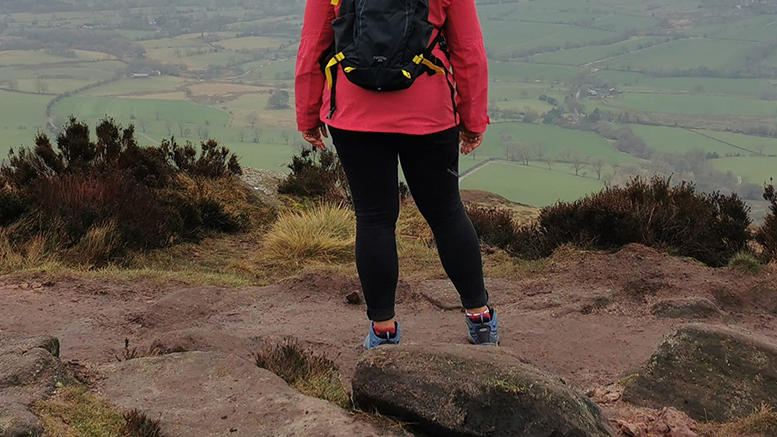
It’s important to consider what kind of trousers you’re wearing when prepping for wet weather. Good waterproof trouser brands include Gore-Tex and Berghaus, which has developed its own type of rainproof material called Hydroshell. Knight also recommends wearing softshell trousers underneath for extra protection. Softshell refers to synthetic fabrics that are resistant to wears and tears – essential if you’re hiking up less traveled paths.
4. Use ziplock bags
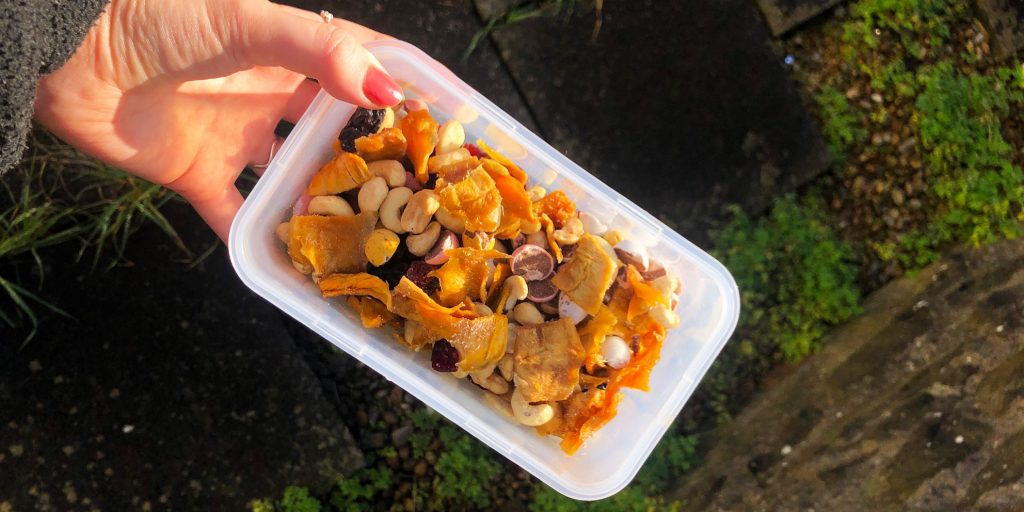
It’s a good idea to store your food and extra layers in either ziplock bags or dry bags before putting them in a backpack. It’s also better to bring food items like snack bars or a trail mix rather than sandwiches as they can get soggy quickly once you pull them out of your bag to eat.
5. Know where you’re going
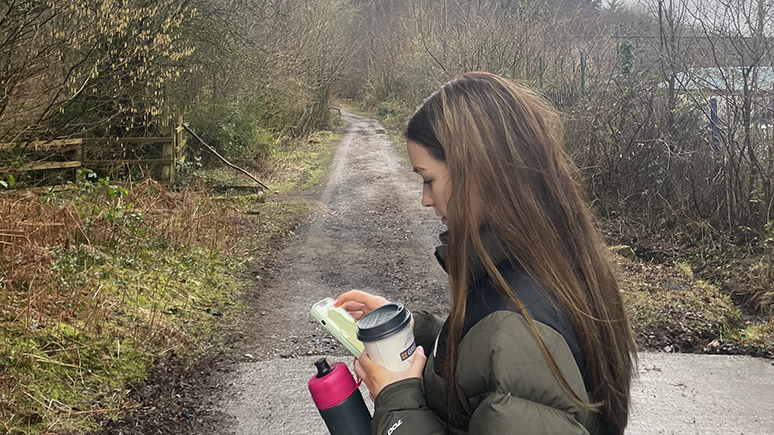
This tip is always important, but it’s especially important if you’re planning to trek out in poor visibility conditions. Having a good navigation system is vital, and both paper maps and Google Maps won’t always cut it. Knight suggests using the Ordnance Survey Maps app to plan out your route – the outdoorsman always downloads his maps for offline use.
There’s plenty more hiking advice from Knight in GORP’s Q&A with the outdoors influencer.
